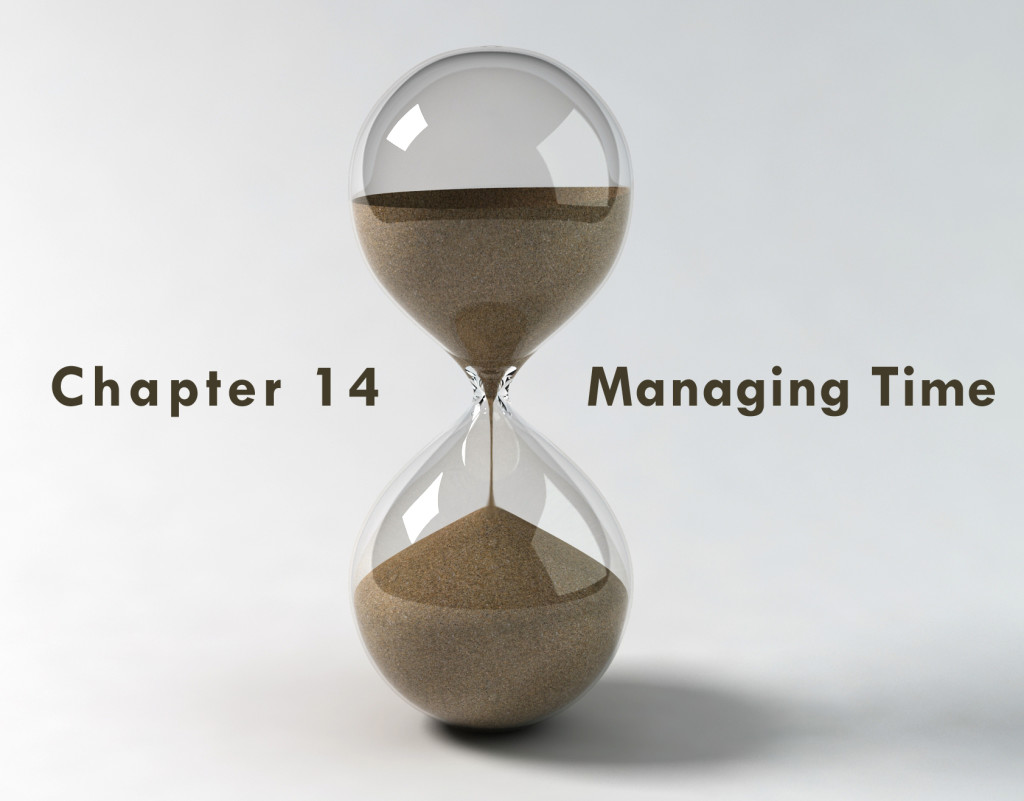Time is like sand: there is a seemingly unlimited amount, yet it always seems to slip through our fingers. As a Strength and Conditioning coach, it can feel like being in a sand box where the sand slipping through your fingers is also carried off in the wind. Coach McKeefery spoke previously about managing people; the time, effort, and activities that go into each kind of relationship a coach may have. Now, he focuses on how coaches can be more efficient and effective by mastering how their time is spent.
The first major point McKeefery regards is PRIORITIZATION. Knowing the importance of different tasks, teams, and events will help not only with personal time management, but also with team scheduling. In my work as a personal trainer, I can definitely relate to how prioritization applies to time management. I make my own schedule, and can choose when to train, when to program, when to take a break, etc. I can come in early or stay late, but all of that is contingent on how I prioritize the situation. For instance, I have a new client who is extremely motivated to lose weight, but can only come to the gym at 5:30 AM. She is willing to make all of the lifestyle and behavioral changes that will help her be successful, and is committed to training; therefore, I have no problem altering my schedule to accommodate her. I tend to prioritize more dedicated clients over less-committed clients; because I know we will work better together at helping them reach their goal, and actually be successful.
McKeefery’s second tip for well-managed time is COMMUNICATION. There are two major parts of that: 1. communication with teams/sport coaches, and 2. communication between S&C coaches. Number one is a no-brainer; in order to get teams into the weight room, they must be communicated with to know when they will be able to come in. Number two is especially important when there are multiple coaches, teams, and facilities being utilized at once. McKeefery suggests a color-coded Google calendar to label specific teams, facilities, and coaches in each facility. That way, multiple coaches can update the calendar, and know when there are free times to schedule or reschedule teams. This system could be helpful in any multi-dimensional setting, when Coach Morland would be training football players on the squat racks, Coach Amer would be training the lacrosse team outside, and I would be training the cheerleaders either on an end squat rack or in the wrestling room! In an academic setting, working around class schedules, sport practices, and other teams is always a challenge; but some of the best managing-coaches are able to make it work!
The final key to effective time management is TECHNOLOGY. Coach McKeefery lists over 15 different applications and websites that he uses to manage everything on his plate as Head of Strength and Conditioning. They span all types, including photo and video editing; email; note taking; freelance work; and more. There is more to his position than just prescribing exercise; and having the right tools makes it possible to live a balanced life and maintain joy within the job. It was surprising to me that Coach McKeefery uses Excel for his programming. There are many different applications out there that will store exercise libraries, let coaches create athlete workouts, and provide athletes with a way to log and track their own progress. Gibbons STRENGTH currently uses software called TeamBuildr, in which calendars for each sport can be made, and each athlete is given their own profile. I actually use it to write my own workouts; it has been a fantastic program so far, as I enjoy having workout reminders sent to me and tracking my progress throughout my workout.
Well, there you have it: three simple steps to time mastery, brought to you by one of the nation’s most well balanced strength coaches. To be fair, this can apply in contexts other than S&C; so whether you are a strength coach, personal trainer, athlete, business person, or someone who accidentally stumbled upon this post, consider these questions:
1. How do you determine what gets PRIORITY in your day-to-day schedule?
2. What are some ways that you can better COMMUNICATE your schedule with the people you work and interact with?
3. What are some areas in your work that TECHNOLOGY can help you be more efficient?
Perhaps we can find some ways to hold onto that sand a little longer…
Did you like something your read in this blog? If so, how about adding a comment for Erin below? Our team of bloggers would like to know what you think so when you submit a comment below our goal is to post it within 24 hours. Thanks for following this series…
“The views, opinions, and judgments expressed in this message are solely those of the authors and peer reviewers. The contents have been reviewed by a team of contributors but not approved by any other outside entity including the Roman Catholic Diocese of Raleigh.”


